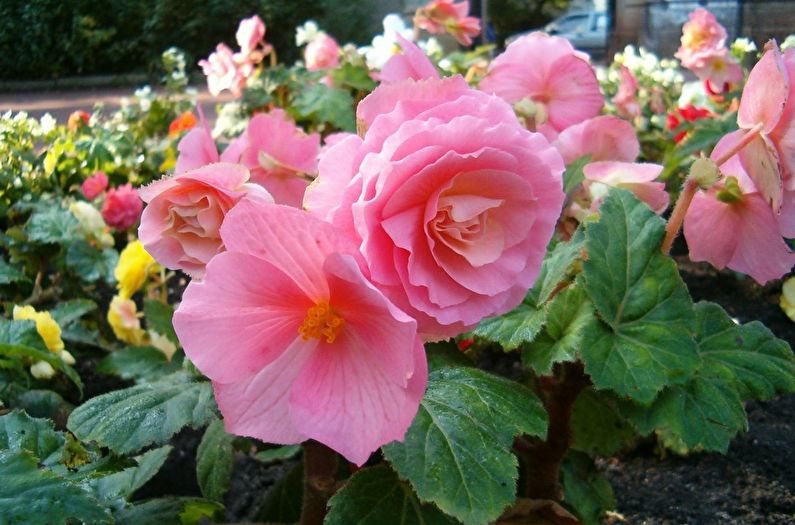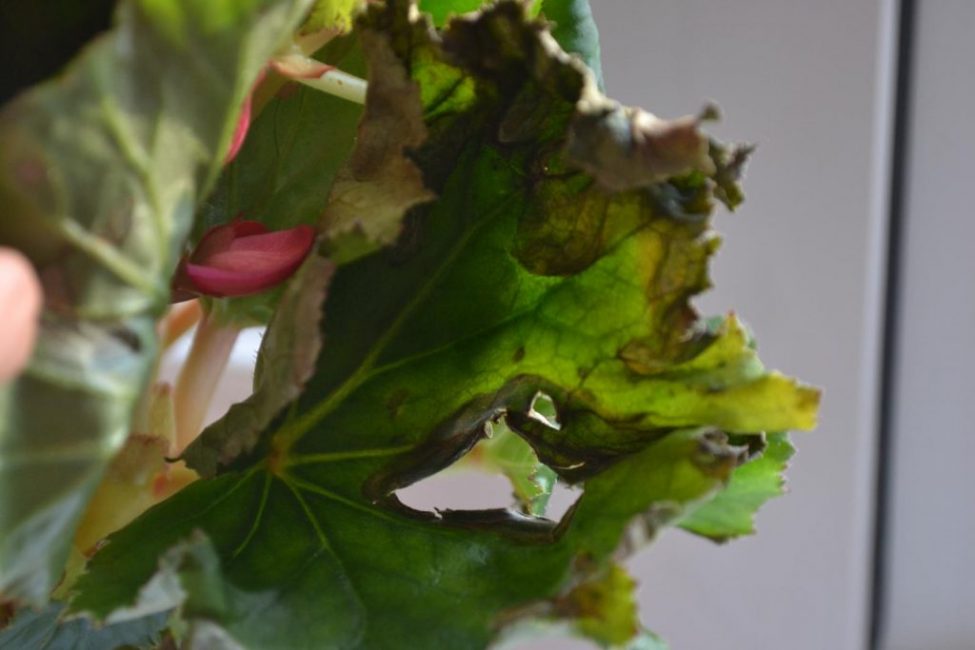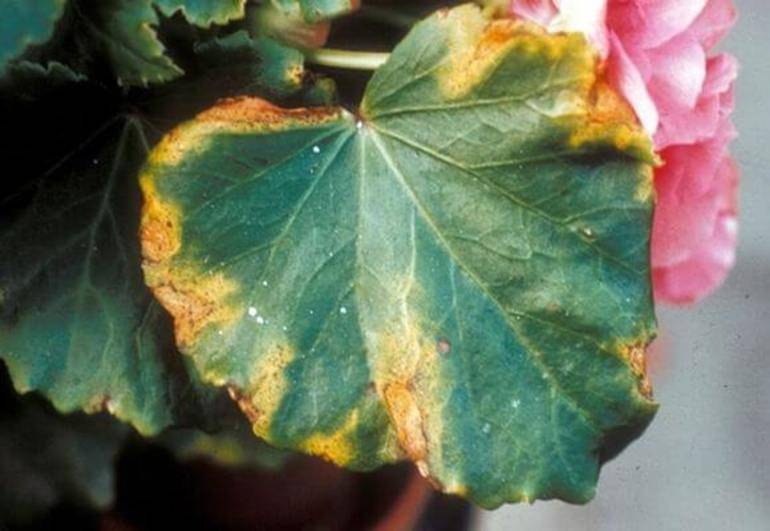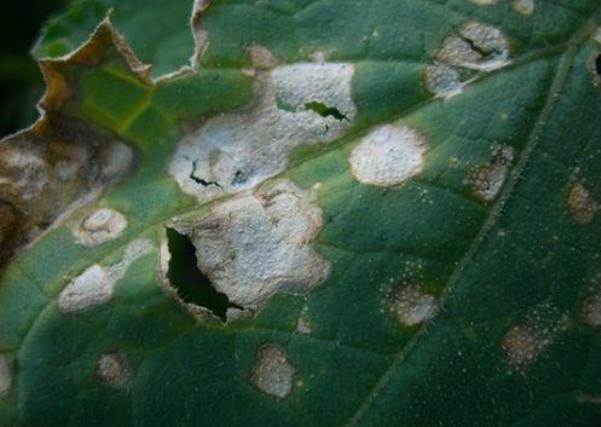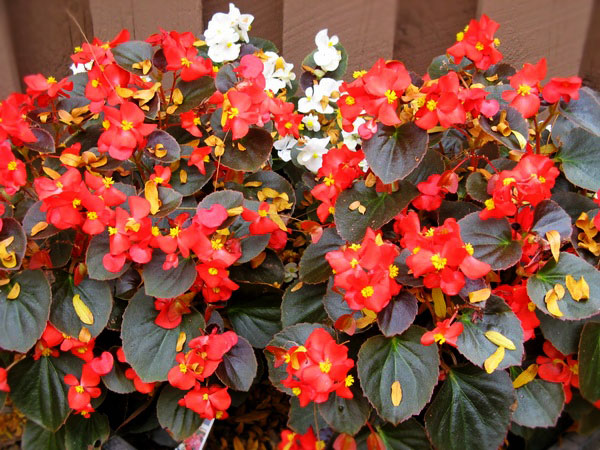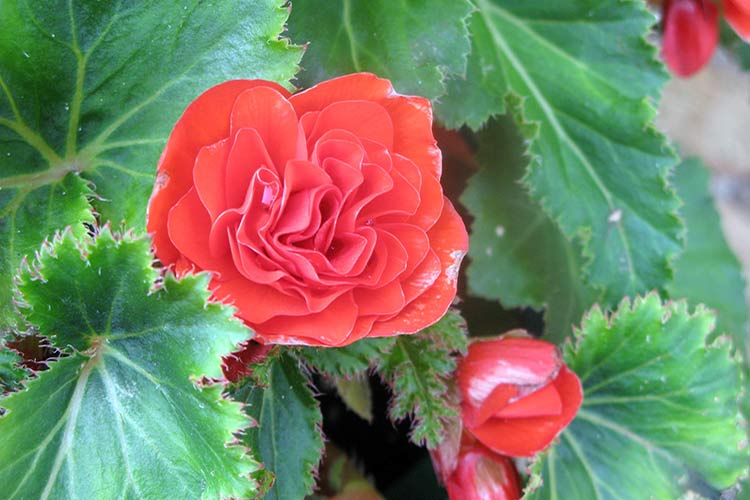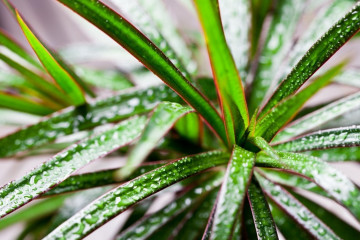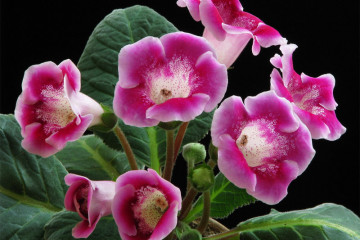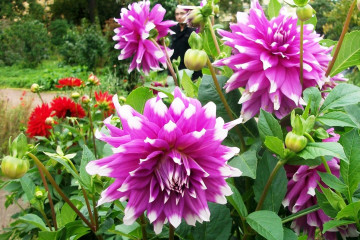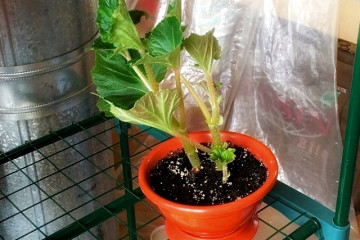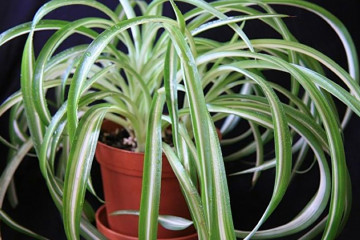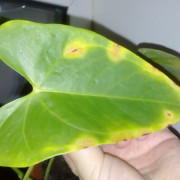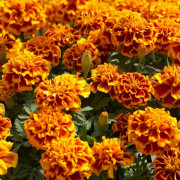What diseases can be in begonia - how to fight
Content:
- Home begonia - how often it gets sick
- Leaves turn yellow, dry and curl
- Buds fall
- Spots on the leaves
- Diseases of flowering begonia
- Leaves, stem, roots rot
- Other diseases
- Diseases that do not respond to treatment
- Diseases due to pests and their destruction
- When improper care is to blame
- Traditional methods of treating some diseases
Begonia has been the favorite of all flower growers for many years. But flowering can be achieved only by observing the rules of care and cultivation. Failure to comply with agricultural standards most often leads to diseases. Begonia diseases can be of very different origin.
Home begonia - how often it gets sick
Diseases of room begonia often occur when pests are invaded or due to non-observance of growing conditions. Begonia can also get sick due to varietal characteristics or non-compliance with breeding rules.
Leaves turn yellow, dry and curl
Due to the lack of moisture, begonia leaves curl. Its deficiency can be observed both in the soil and in the air. At the initial stage of the disease, the leaves begin to turn yellow, and then curl. To save the flower, you need to quickly remove it from the sun. Timely sprinkling of begonias will also help control the level of humidity in the air.
Buds fall
The main reason why the buds of a begonia flower fall off is the lack of elements necessary for the plant. Transplanting a flower into new soil will help save the situation. To restore the required level of nutrients, weekly dressings are used.
Other reasons why the buds of tuberous begonia fall off:
- The plant got water during the flowering period.
- There is increased dryness in the room.
- The soil is waterlogged or, conversely, watering is insufficient.
- The plant is often moved from one place to another.
- The presence of pests is another reason why begonia sheds its buds.
Spots on the leaves
The main reasons for the appearance of spots on the leaves of a flower:
- If the begonias have brown spots on the leaves, this is the first sign of non-compliance with the ventilation regime. This is usually caused by incorrect flower placement.
- Excessive humidity in the room can lead to the appearance of gray spots.
- The brown tips of begonia leaves are due to low indoor humidity. With untimely treatment, the leaf plates will completely turn red, and then twist and fall off.
Diseases of flowering begonia
During the period of active formation of begonia inflorescences, an increased amount of micronutrients and substances is required.
A common cause of wilting flowers and unblown buds is improper growing conditions.
Begonia is demanding on high humidity. To maintain the required level, it is recommended to arrange sprinkling of the flower from time to time. The dew effect is a great way to humidify not only the air around, but also the substrate.
Leaves, stem, roots rot
Most often, rotting of branches is the next stage of damage to the root system. Why does begonia rot? The reason most often lies in an excess of moisture.
Urgent resuscitation in the form of transplanting into a new pot will help save the flower. The plant must be completely cleaned of an earthen coma and treated with fungicides before transplanting.
Other diseases
The presence of small light spots on the leaves is a sign of powdery mildew disease. For treatment, it is necessary to make a solution of 2 g of copper sulfate, 20 g of laundry soap and 1 liter of water. Timely spraying of begonias with such a composition will save it from falling leaves. Fungicides also help against mealy plaque.
Infection with gray mold appears on the plant with white spots. Over time, they begin to darken and turn brown.
You can help the plant with a mixture of 20 ml of 1% Bordeaux liquid, 2 g of copper sulfate and 20 g of tar soap, dissolved in 1 liter of water. She needs to spray the flower. The solution can be replaced with any fungicide.
Diseases that do not respond to treatment
When signs of certain diseases appear, it is urgent to destroy the entire infected flower. There are several reasons why begonia dies.
If pronounced yellow spots and dead edges of the leaves appear on the leaf plate, it will not be possible to save the flower. Ring spot not only destroys the flower, but also affects neighboring plants.
The appearance of watery spots on the leaves is caused by a disease that is incurable. Bacterial spotting affects not only leaves, but also inflorescences.
Brown spots that appear on the leaves of begonia are usually caused by a leaf nematode. At the initial stage of the disease, partial leaf fall occurs. The disease occurs due to soil contamination and non-observance of the temperature regime. The flower must be destroyed immediately.
Diseases due to pests and their destruction
The most common pests that affect begonia are spider mites and common aphids.
When a cobweb appears on the bottom of the leaf, it is urgent to process the plant. As a protection against pests, a solution of onions has proven itself to be excellent. To obtain it, 20-30 grams of finely chopped onions are soaked in one liter of water. The solution must be infused for 7-10 days. The mixture is filtered before processing. Spraying is carried out until all pests disappear. The course of treatment is 7-14 days. Decis is the best pesticide to use. The drug also helps against other pests.
One of the most dangerous pests is aphids. The insect multiplies very quickly and damages not only the stems, but also the leaves of the plant. Aphids most often appear in the spring due to high levels of humidity and low temperatures. For preventive purposes, it is recommended to spray the plant with a solution of nettle or parsley. The fight against the harmful parasite consists in the constant treatment of begonias with soapy water.
When improper care is to blame
Begonia is considered a capricious plant. The flower requires constant attention and care. In their absence, he begins to hurt. A timely change in the conditions of detention will help save the plant from death.
The main problems caused by mistakes in care:
- Sharp stretching of shoots - occurs due to improper lighting, when transplanted into a tight container or lack of trace elements.
- Sticky bloom on the leaves - appears at the initial stage of flower decay. The main reasons are waterlogging of the soil, an increased level of humidity in the room. You can cure the flower by removing the affected parts and adjusting the watering and lighting mode. Also, recovery is facilitated by treatment with a solution of Euparen, Fundazol or Topsin.
- Begonia stops growing - this is caused by waterlogging of the soil. Soil change and a significant reduction in irrigation will help restore development.
- Reddening of the leaf plate in spring - most often due to an excess of light.
- Powdery mildew infection is also caused by care errors. Reducing watering, reducing humidity in the room, increasing the temperature regime and the complete absence of drafts will help save the situation.
- The appearance of a false shield on a flower is caused by a draft or the presence of an infected plant near the begonia. The insect lives inside the stems and ultimately leads to the death of the entire bush. When the first signs of infection appear, it is necessary to manually process the affected areas with infusion of garlic or onions. The operation is carried out until it is possible to completely get rid of the insects.
- The appearance of a whitefly, which multiplies very quickly, is the result of improper care and non-observance of the rules of elementary agricultural technology. You can save a flower by treating it with a strong soapy solution. Each damaged leaf must be urgently destroyed. Sprinkling with soapy water is carried out until all pests have disappeared.
Traditional methods of treating some diseases
Begonia can be saved from pests with the help of folk remedies. The most effective solutions:
- Infusion of tobacco. For preparation, it is necessary to dilute 30 g of tobacco dust in 5 liters of warm water. The concentrate should be infused for 7 days. Watering is carried out at the root.
- Green soap concentrate. 30 g of laundry soap is dissolved in 2 liters of warm water. Any plant residues are added to the resulting solution. The tincture is prepared within 10-12 days. For treatment, begonia is sprayed with the resulting composition.
- Infusion of onions or garlic. Finely chopped onion or garlic (200 g) is infused for 7-10 days in 5 liters of warm water. The resulting preparation is diluted with water in proportions of 1:10 and filtered. For sprinkling, a finely dispersed spray gun is used.
Compliance with measures for growing and caring for begonia will lead to a positive result. Even if it is not possible to protect the plant from disease, treatment will help save the flower from death. Timely watering, proper lighting and protection from harmful insects will turn the flower into a home decoration.
